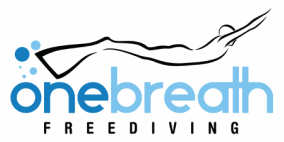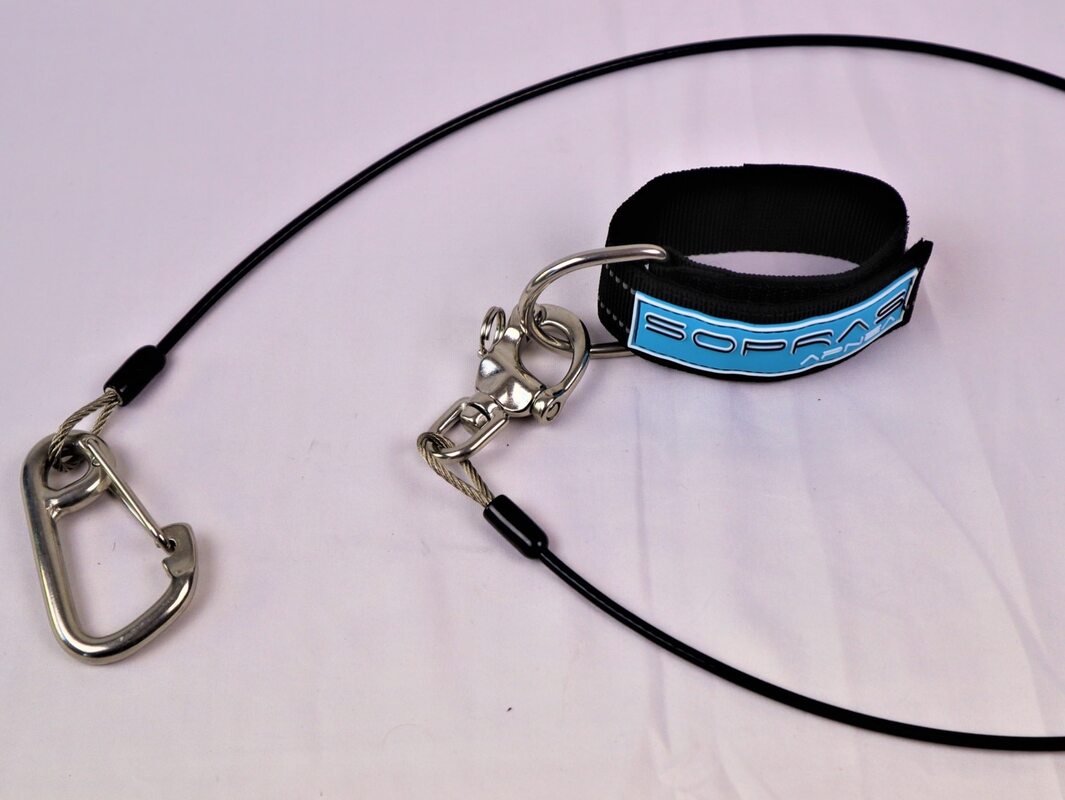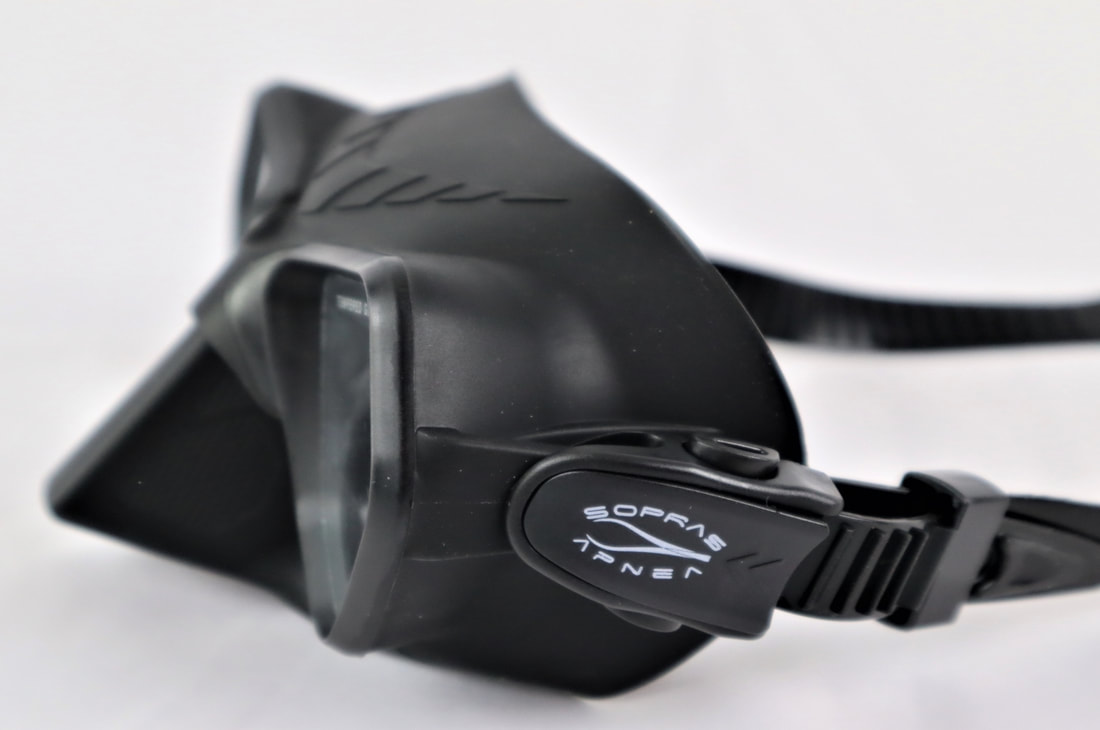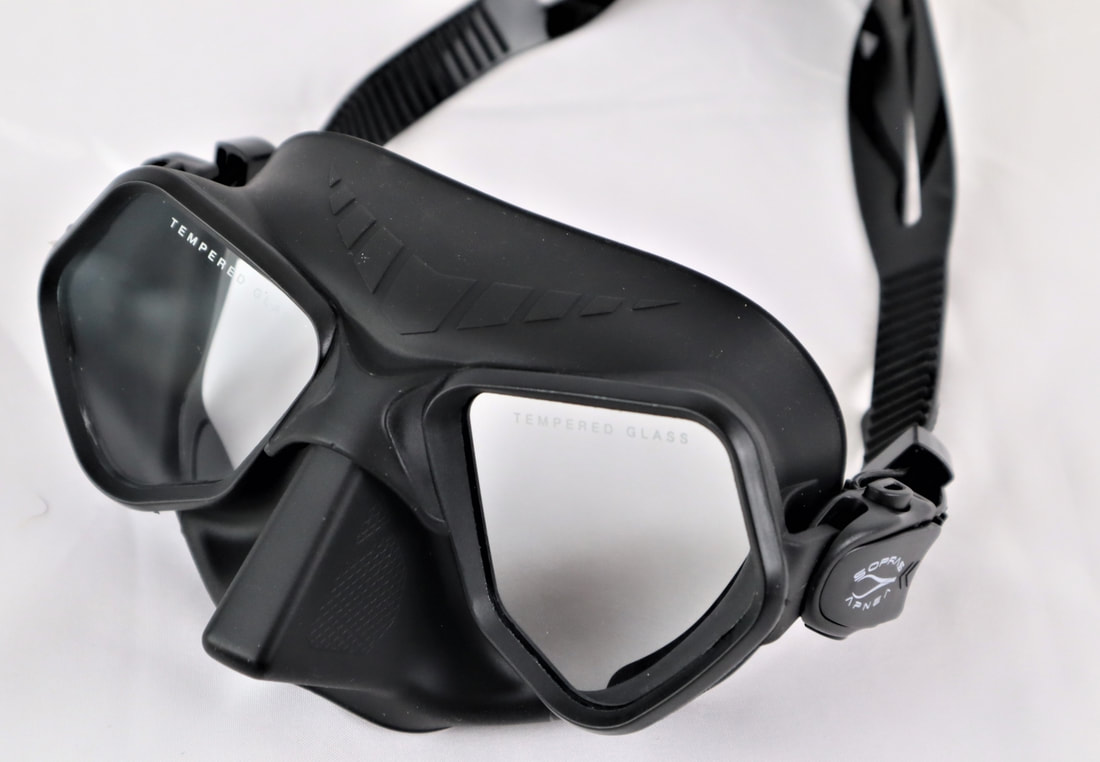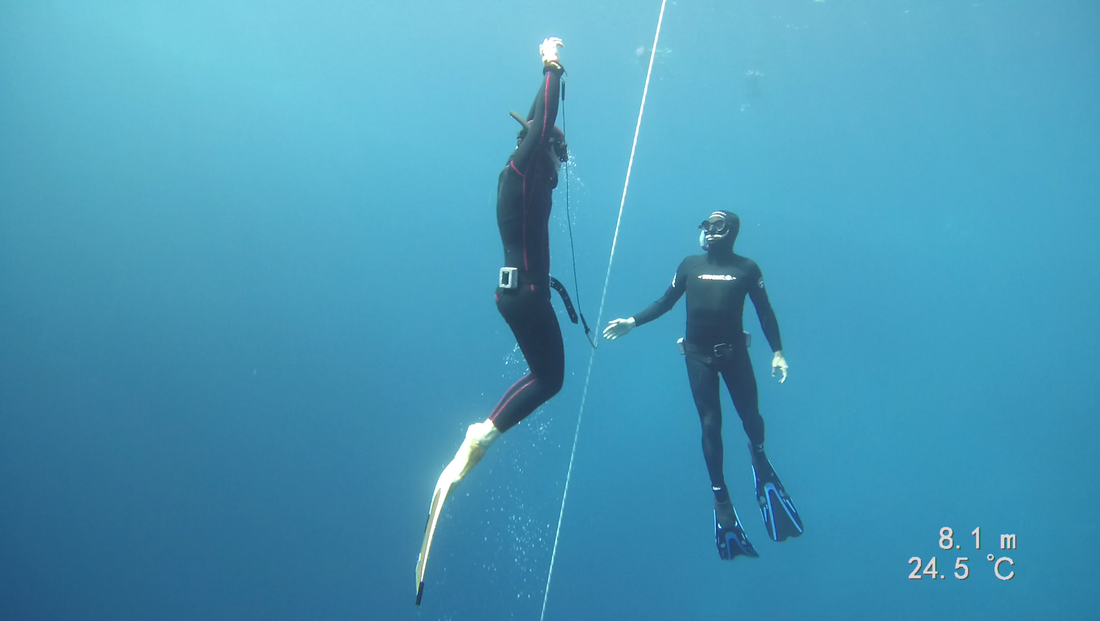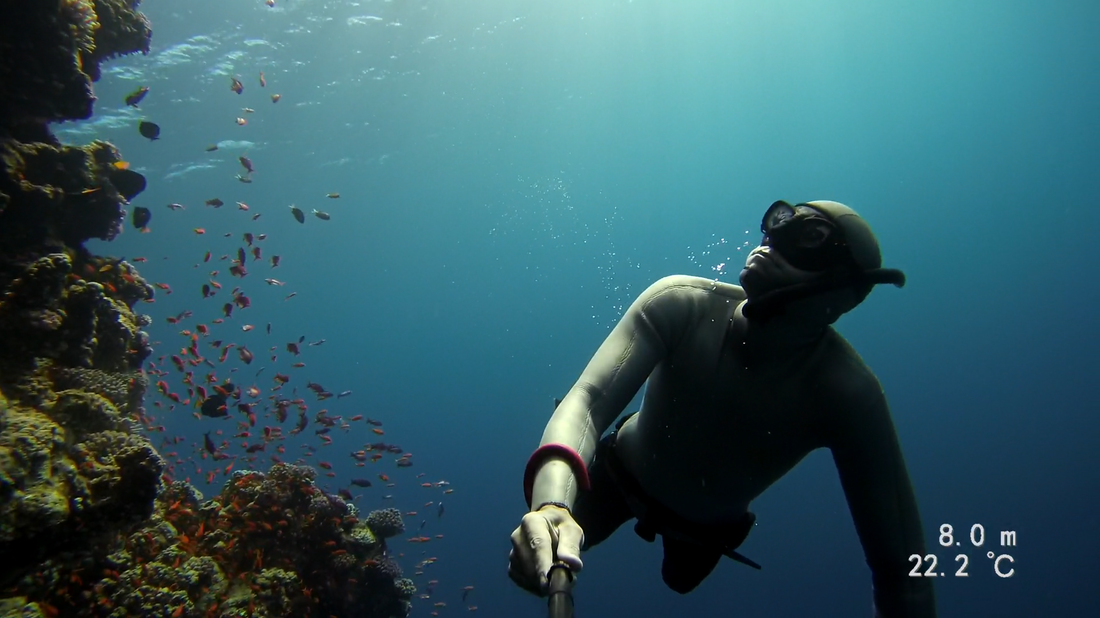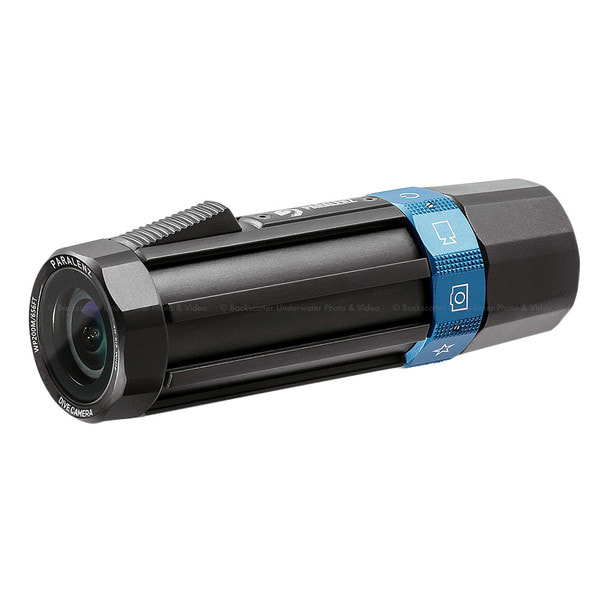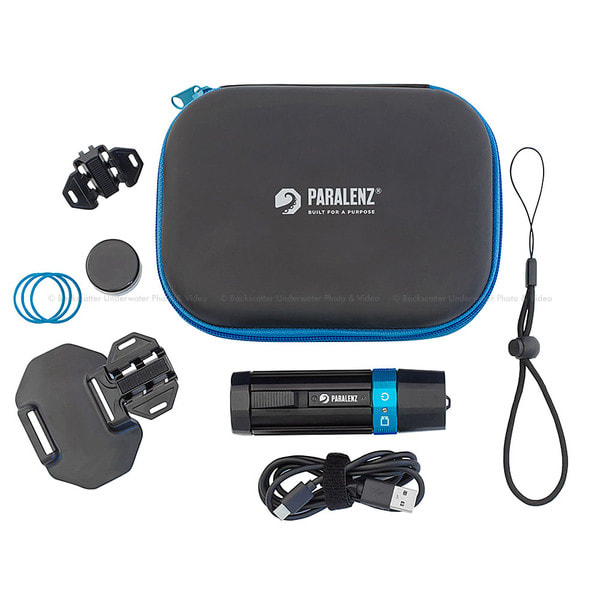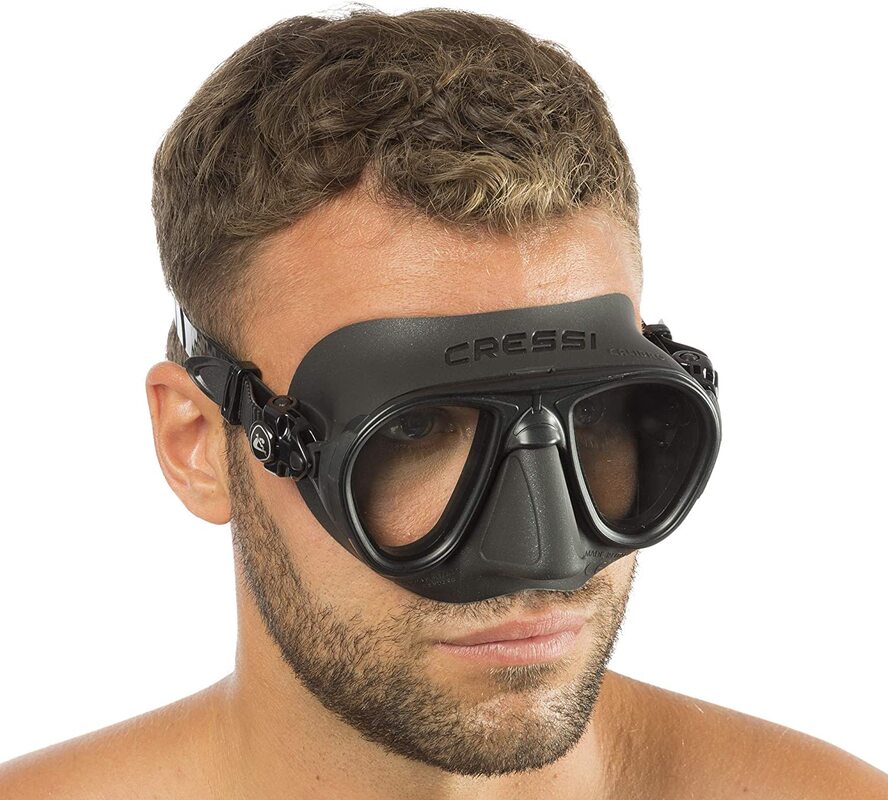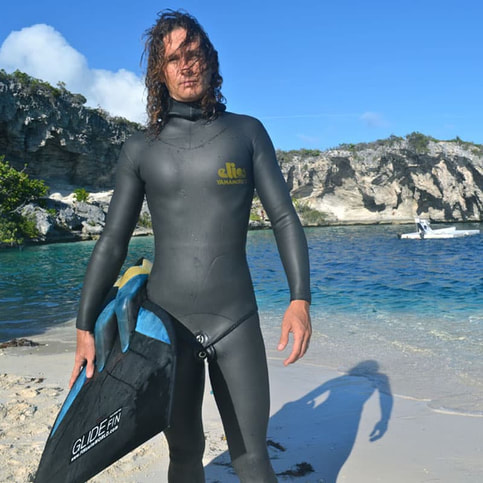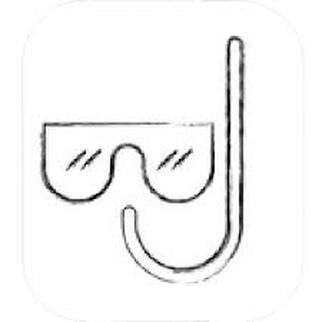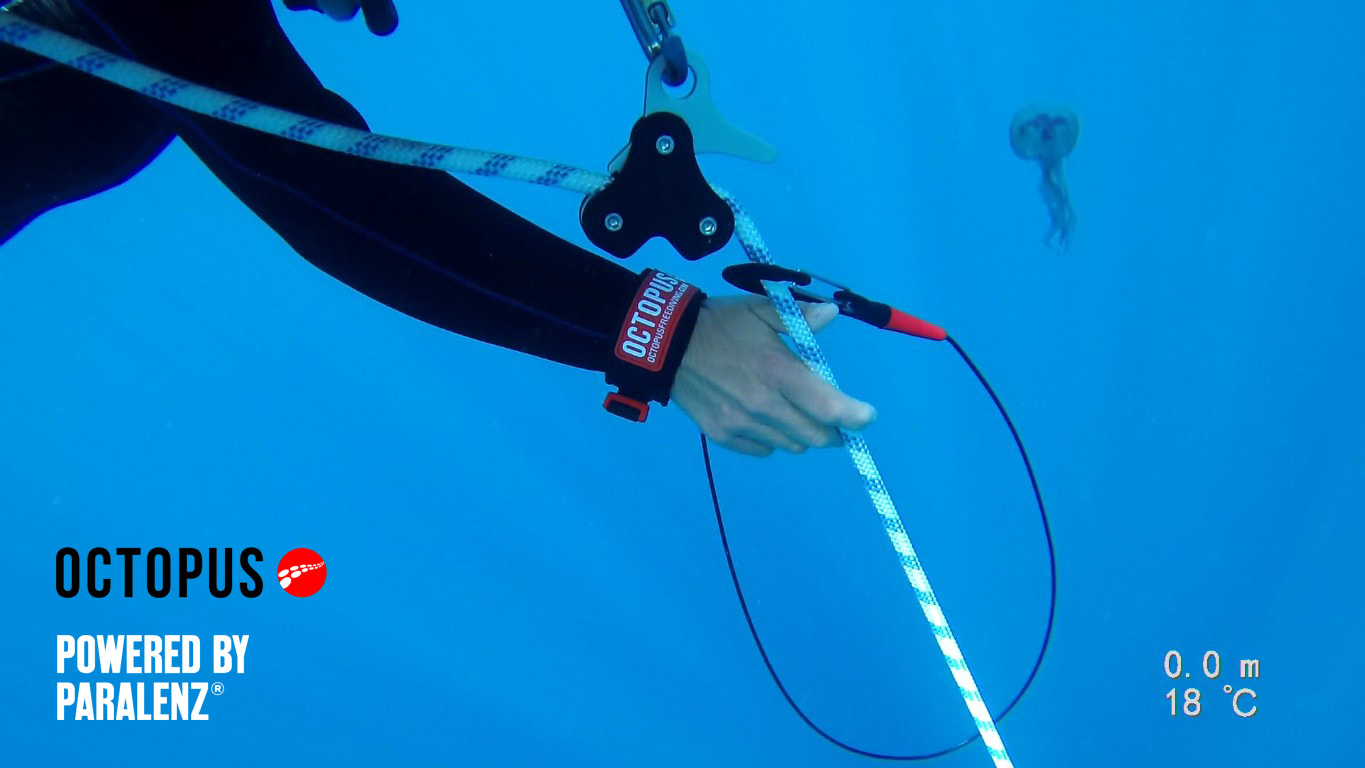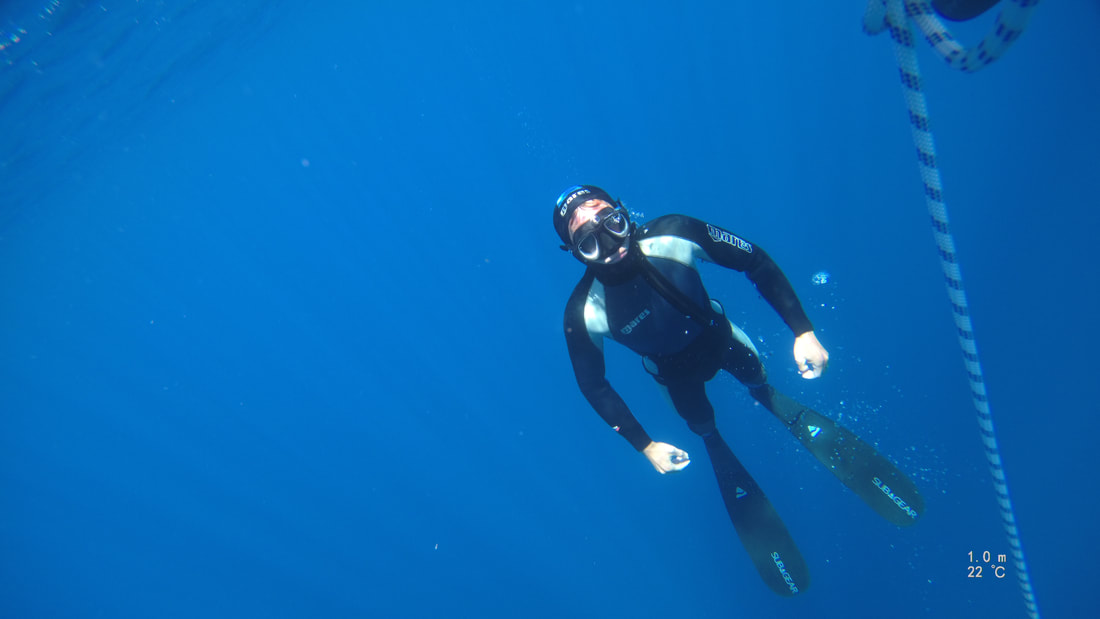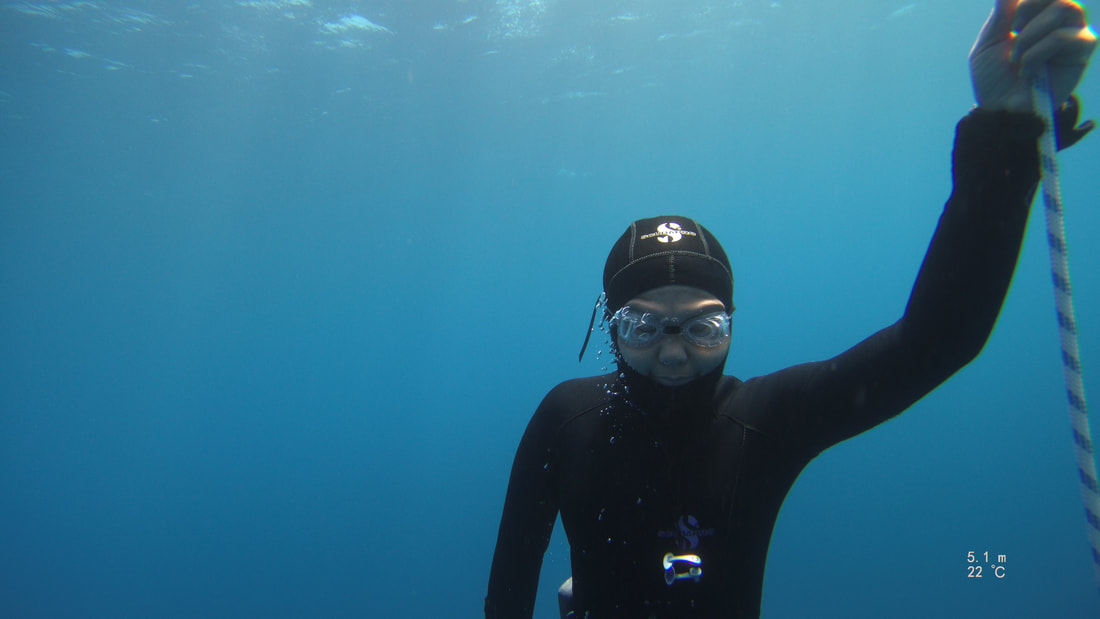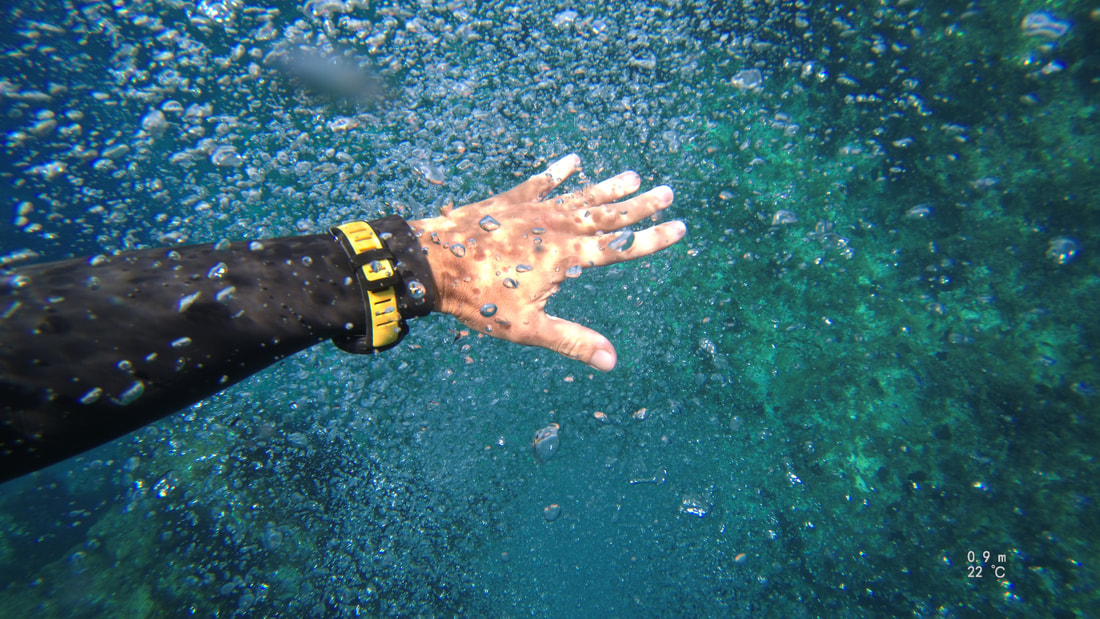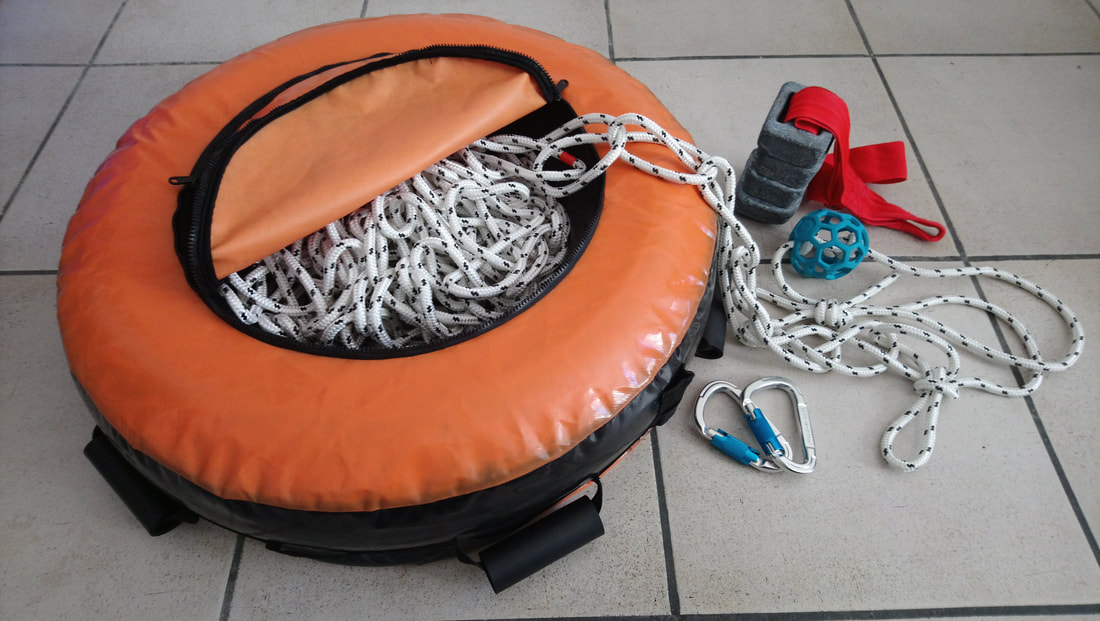What is a freediving lanyard?
A freediving lanyard keeps the diver close to the dive line and is a safety mechanism to ensure the diver does not get lost and can be pulled up in an emergency
Why use a freediving lanyard?
For safety. It is mandatory when diving out of sight of the surface, such as deeper dives or in bad visibility conditions
What does a lanyard consist of?
A 1m+ long cable attached to a velcro strap at one end and a carabiner at the other
There are generally 2 options with a freediving lanyard:
- A carabiner of steel (heavier/faster) OR aluminium/carbon (lighter/slower)
- Emergency quick release system of 'pull tab' on the velcro strap OR 'quick release' buckle and pull cord.
The Sopras Apnea lanyard uses an effective form of cable, steel carabiner velcro wrist strap and quick release buckle. It is a simple form which is not over complicated and cluttered and leaves you to attach your own quick release pull cord of choice (OBF will include and attach this for you as we have discovered the simplest and most effective option to use).
The blue 'Sopras Apnea' logo forms the velcro strap and is in a nice baby blue colour.
IN THE WATER:
The velcro strap is big enough to easily handle in rough surface conditions and holds securely due to the large velcro contact area. The carabiner descends nicely with the diver as it is a robust steel. A nice surprise is the lack of cable twisting due to the QR swivel at the wrist strap end.
PRICE:
At €50 it sits at a strong price point compared to some that are in the €60-65 range. The simplicity of it keeps the price down as some with carbon parts are obviously more expensive because of the materials used.
A strong and simple lanyard that is great value for money. Perfect for use Constant Weight or Constant Weight Bi-Fins.
PROS:
- Simple design and form keeps it simple to use and maintain
- Great price compared to others on the market
- Cable seems thicker and more robust than others on the market meaning it kinks less with use over time
CONS:
- Fast moving carabiner due to being steel. It depends what lanyard you are used to and what discipline you are training as to this being an issue or not (Pro or Con)
- Quick release pull cord must be added yourself (NOTE: when buying from OBF we do this for you at no extra cost!)
